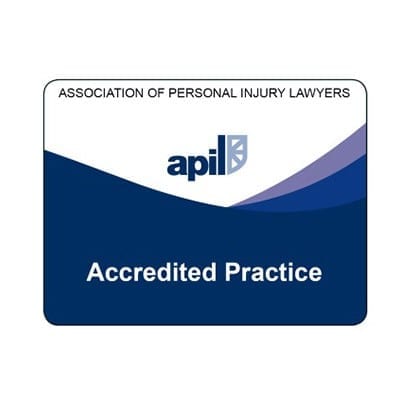
As a road user, it’s all our collective responsibility to prioritise road safety while driving on the roads. One way to assist is by utilising the COAST mechanism, which can help you stay alert and focused on the road. COAST stands for Concentration, Observation, Anticipation, Space, and Time.
Concentration
Concentration is crucial while driving, and it directly affects your observation skills. When your concentration is low, you may experience tunnel vision, limiting your field of vision and affecting your ability to notice hazards. Therefore, it’s important to actively engage in driving and avoid auto-pilot mode, which can lead to careless driving. One of the best ways to maintain concentration is to carry out a short commentary drive. Say out loud what you see as you drive along. Looking well ahead for anything that may make you need to consider changing speed or direction. This will automatically feed into the observation phase of C.O.A.S.T.
Observation
Observation skills can be improved by systematically scanning the road ahead, starting with the near ground in front of you and moving towards the far ground and to the rear. By doing so, you can detect hazards early, make informed decisions, and create a safe space for yourself and other road users. There are many observation links out there (see below) that you can use to make your driving safer once you train yourself to look out for them:
- Speed limit decreases, built up area ahead.
- Lamppost cluster ahead, possible roundabout.
- Single lamp post on roadside, possible junction.
- Vegetation/Buildings straight ahead, road goes left or right.
- The hedge/treeline indicates the general angle of the bend.
- Cyclist, where there’s one there may be more.
- Horse manure on the road, look out for horse riders ahead.
- Bins at the end of driveways, possibly the bin lorry is around the next bend.
- Damaged verges or worn centre lines, possibly a route used regularly by large vehicles.
This list is not exhaustive, and you will develop many more observation links of your own.
Anticipation
Anticipation will be much improved using your observation skills. It is another critical aspect of safe driving. It’s the ability to anticipate what might happen next and be proactive in responding to potential hazards. This can help increase reaction times and provide you with enough time to create a safe space.
Space and Time
Allowing adequate Space and Time will help to select a safe speed. Remember, on dry roads, a safe space should be at least two seconds between you and the vehicle in front, doubling in wet conditions and up to ten times in severe weather. To judge the two-second rule, use a landmark like a tree and count two seconds as the vehicle in front passes it. If you notice the car behind is tailgating, you then just drop further behind the car in front of you to create more space. This will allow you to manage the tailgater and allow you to concentrate in front of you rather than behind and will only add a second or two to your journey Also, remember to adjust your speed to match the stopping distance you can see clearly, as highlighted in Rule 126 of the Highway Code.
In summary, by following COAST and prioritising Concentration, Observation, Anticipation, Space, and Time, you can make informed decisions and stay safe on the road. Remember, safety should always come first!
JMK Solicitors are Northern Ireland’s Number 1 Personal Injury Specialists. With a team of over 100 people including a team of specialist personal injury solicitors, we assist clients all over Northern Ireland. If you have suffered a personal injury, been in a road traffic accident, or had an accident at work, contact our team for a free consultation.
Call us today on 028 9032 0222 or email us law@jmksolicitors.com..
© Copyright JMK Solicitors [2023]. All rights reserved.














